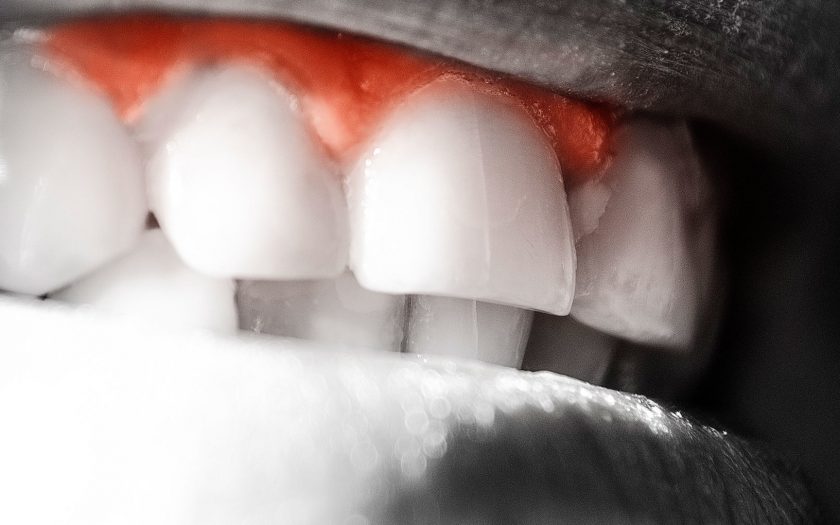Cancer of the oral cavity is a malignant neoplasm that occurs from the epithelium and soft tissues of the oral cavity. In the early stages, pathology proceeds asymptomatic, anatomically it is a node or ulcers. In the future, cancer of the oral cavity increases in diameter, increases salivation, pain appears, originally local, then – irradiates into the head and ears, there is an unpleasant smell from the mouth. Often secondary infections join. With lymphogenous metastases, an increase in regional lymph nodes is observed.
The diagnosis is established taking into account the data of the examination and biopsy. In the treatment are used surgical methods, radiotherapy, and chemotherapy (for example Cytoblastin Injection).
Symptoms
In the early stages, the disease proceeds asymptomatic or manifests itself with meager clinical symptomatology. Patients may notice unusual sensations in the oral cavity. At an external examination, there is an ulcer or a crack. One-quarter of patients with oral cancer complaints about local pain, that increases with various inflammatory diseases of the nasopharynx, teeth, and gums. When the oncological process progresses, the symptoms become more pronounced – Pains increase, irradiate in the forehead, ear, spinal or temporal areas. There is an increase in salivation due to stimulation of the mucous excretion by-products of decomposition of oral cavity cancer. Also, there is the rotting odor from the mouth. Subsequently, the tumor affects adjacent anatomical structures, causing their deformation. There is an increase in one or more regional lymph nodes. Initially, lymph nodes are mobile, and then welded around with surrounding tissues, sometimes with decay phenomena. Hematogenous metastases are found in 1.5% of patients, they usually affect the brain, lungs, liver, and bones.
Types
Tongue cancer usually occurs on its lateral surface, rarely located in the root zone, on the lower surface, back, or tip. Already in the initial stages, oral cancer causes disorders of chewing, swallowing and language, which facilitates timely diagnosis. In the future, there are pains along the trigeminal nerve. In case of root damage, breathing difficulties may occur. The early formation of secondary lesions in regional lymph nodes is characteristical.
Cancer of the oral cavity in the early stages proceeds asymptomatic. Patients turn to the dentist after detecting a tumor-like form, which is felt as painless growth. With progressing, regional lymph nodes are affected, pains arise and increased salivation, there is possible bleeding.
Mucosal cancer is usually localized at the mouth line. In the early stages, patients with oral cancer may not seek a specialist, because they think that it is an aphthous ulcer. In the future, the ulcer increases in diameter, patients note the pain with chewing and swallowing.
The cancer of the palate is usually accompanied by an early onset of pain syndrome. In the area of the Palatine, there is an ulcer or a growing, ulcerous node. Sometimes, firstly, oral cancer runs asymptomatic, and pains arise when the process spreads to adjacent tissues.

